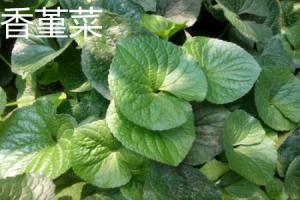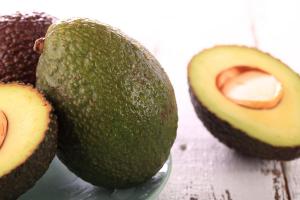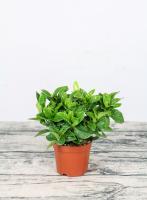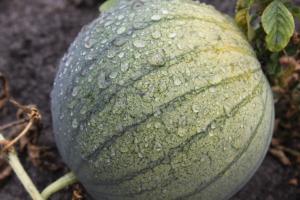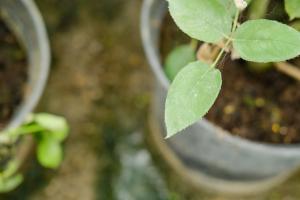When to Prune Tomato Plant
Tomatoes are one of the most commonly grown vegetables in gardens and backyards. They are easy to grow and provide a bountiful harvest. One crucial aspect of growing healthy and productive tomato plants is pruning. Pruning helps to control plant growth, promote better airflow, and increase fruit quality. However, it can be challenging to determine the best time to prune tomato plants. In this article, we will discuss when to prune tomato plants and the benefits of doing so.
Pruning Basics
Before discussing when to prune tomato plants, let us understand the basics of pruning. Pruning involves selectively removing parts of the plant to control growth, promote better airflow, and increase fruit production. The goal is to remove any dead or diseased parts of the plant while leaving healthy foliage intact. Pruning also helps to direct the plant's energy towards developing fruits instead of excessive foliage.
When to Prune Tomato Plants
Tomato plants can be pruned throughout the growing season, but the timing depends on the plant's growth stage. It is recommended to prune when the plant is young, just after transplanting or when it is six to eight inches tall. Pinching off the top growth tip will encourage the plant to grow more lateral stems, which will result in a bushier plant.
Another ideal time to prune tomato plants is when they have formed their first fruit cluster. Remove the suckers that grow at the main stem's junctions and any unproductive foliage. Removing the suckers allows the plant to concentrate its energy on producing healthy fruits, resulting in a higher quality harvest.
Lastly, pruning can be done in late season when plants stop producing new fruits. At this stage, remove all the foliage except the ripening fruits to allow sunlight to reach them, promoting even ripening. Additionally, removing excess foliage promotes airflow, reducing the chances of fungal diseases, and allowing easy inspection of ripening fruits.
Benefits of Pruning Tomato Plants
Pruning tomato plants offer numerous benefits, including increased light penetration that results in better photosynthesis, leading to healthier plants and higher yields. By removing excess foliage, airflow increases, reducing the chances of fungal diseases. Pruning also helps to control the plant's size and shape, making it easier to manage and harvest.
In conclusion, pruning is an essential part of growing healthy and productive tomato plants. Knowing when to prune tomato plants is crucial in getting the best results. Pruning when the plant is young and has formed its first fruit cluster, and in late season, promotes better airflow, higher yields, and healthier plants.

 how many times do yo...
how many times do yo... how many planted tre...
how many planted tre... how many pine trees ...
how many pine trees ... how many pecan trees...
how many pecan trees... how many plants comp...
how many plants comp... how many plants can ...
how many plants can ... how many plants and ...
how many plants and ... how many pepper plan...
how many pepper plan...